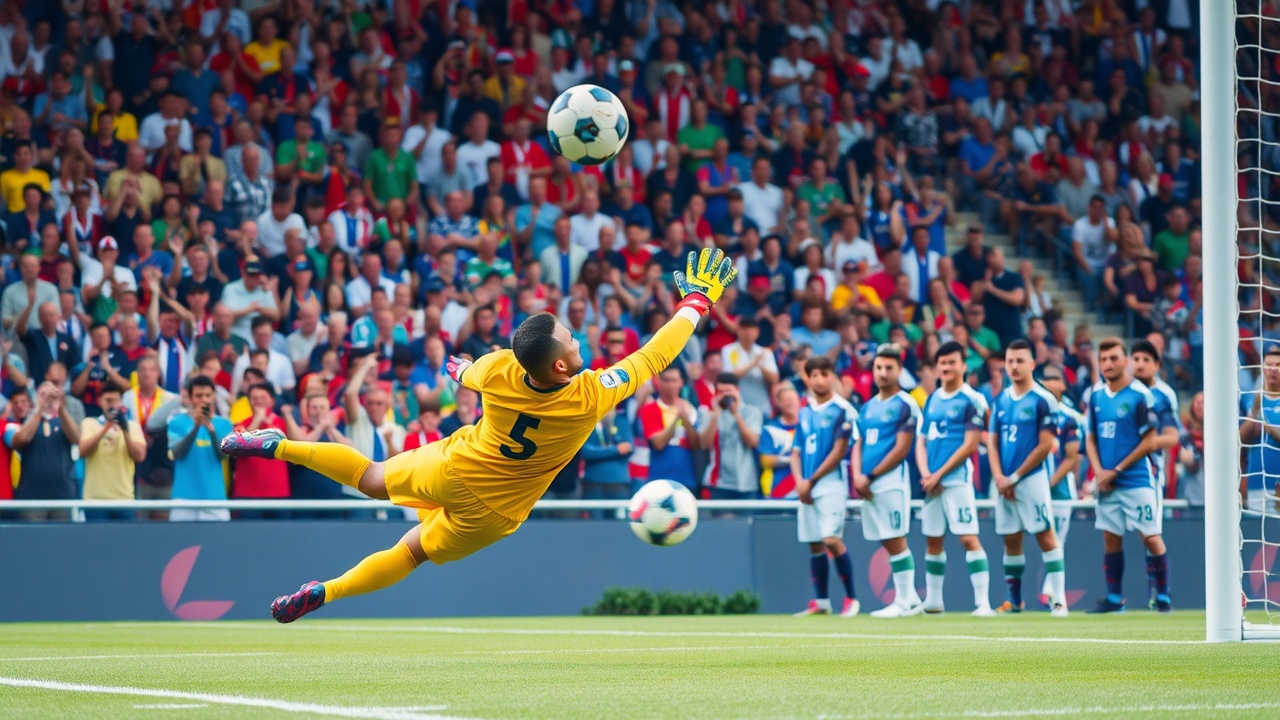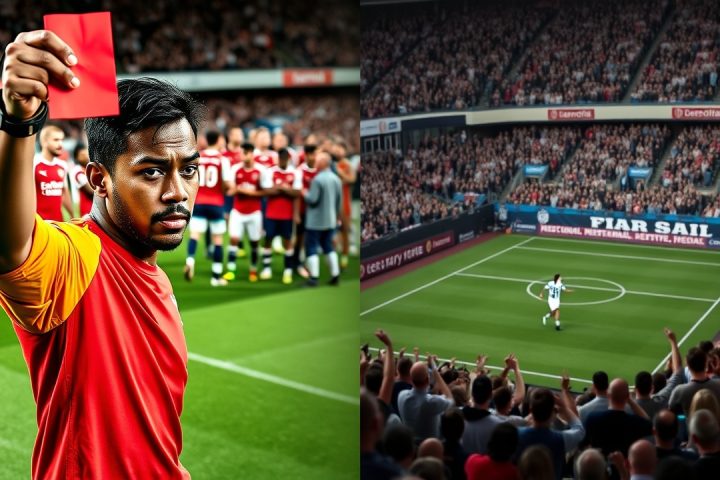The FIFA Club World Cup and Upcoming Tournaments
The FIFA Club World Cup and the Concacaf Gold Cup are set to commence this Saturday in the United States, alongside other significant tournaments including the UEFA European Under-21 Championship, which kicked off earlier this week, and the UEFA Women’s Euros beginning on July 2. These competitions will implement various revised rules that aim to enhance the flow of play and improve the viewing experience for fans.
Revisions to Goalkeeper Rules
A noteworthy adjustment involves the rule affecting goalkeepers. Previously, when a goalie held onto the ball, they were expected to release it within six seconds, a guideline that hasn’t been strictly enforced for some time. Now, under the updated legislation, goalkeepers are allowed eight seconds to play the ball before a corner kick is awarded to the opposing team if the time limit is exceeded, indicated by a referee’s hand signal.
This new measure responds to ongoing frustrations among fans regarding time-wasting tactics often seen during matches, especially from visiting teams that seek to protect a slim lead. The intention is not punitive but rather to maintain game momentum. According to Pierluigi Collina, FIFA’s chief referee, while a slight leniency will be exercised during exceptional circumstances, such as after an exhausting save, clear time-wasting will not be tolerated.
“While a slight leniency will be exercised during exceptional circumstances, clear time-wasting will not be tolerated.”
Trials of this rule were conducted over the last season, showing there were only three instances where a corner was granted for exceeding the time limit. Similar regulations have already been introduced across leagues in South America, with equally minimal usage reported.
Advanced Offside Technology
Moreover, FIFA is also rolling out advanced offside technology aimed at reducing instances of delayed flags, which can cause injuries and confusion during play. This system triggers alerts for assistant referees when a player is offside by at least 10 centimeters, cutting the risk of unsafe play. The technology is anticipated to better assist referees during crucial moments.
Innovative Viewing Features and Transparency
Additionally, innovative viewing features will allow fans to experience the game from the referee’s perspective through a camera mounted on the referee’s headset, although direct live footage of controversial incidents will not be shown immediately.
Increased transparency is also part of this wave of changes. During VAR reviews, fans in the stadium will be able to see what the referee is viewing on monitors, although the communication between the referee and VAR officials will remain confidential. Further, referees will clarify decisions to spectators both on-site and through television broadcasts, a practice already seen in some competitions.
Adjustment for Ball Hitting the Referee
Furthermore, a straightforward adjustment has been made regarding scenarios in which the ball hits the referee. The new ruling allows for a dropped ball to be awarded based on the indication of control by players rather than possession, streamlining the process.
Conclusion
As these tournaments kick off, all eyes will be on how these changes affect gameplay and what impact they may have on the overall fan experience. The goal is to foster a more dynamic and engaging atmosphere that keeps viewers captivated throughout the matches.




